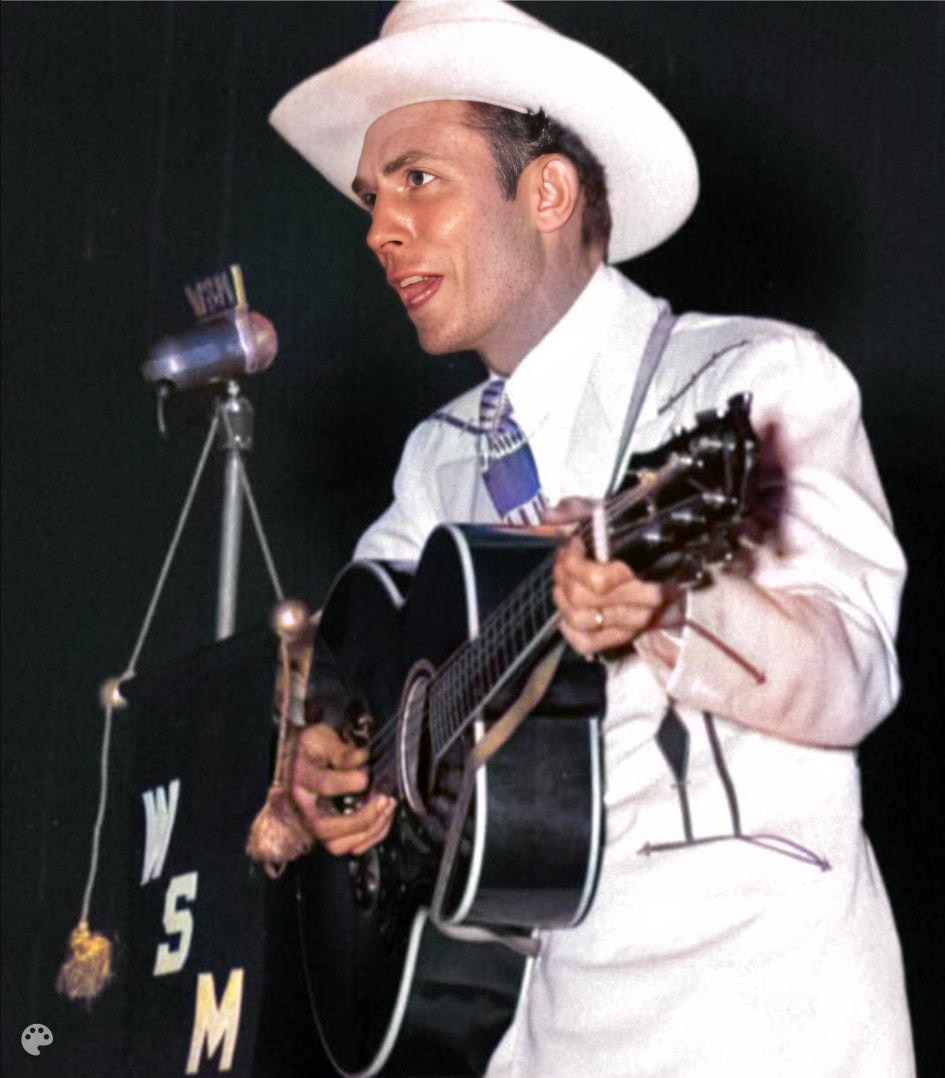
Hank Williams, often hailed as the king of country music, left an indelible mark on the genre with his raw, honest lyrics and captivating performances. Born Hiram King Williams in 1923, his career was tragically cut short at the age of 29, yet his impact continues to resonate decades later. Inducted into the Country Music Hall of Fame in 1961, Williams is celebrated for songs that captured the heart of rural America, exploring themes of love, loss, faith, and hardship with unparalleled authenticity. He achieved numerous chart successes during his short career, consistently topping the Billboard country charts with hits that became foundational to the genre.
One of his most iconic and enduring songs is “(I’m So Lonesome I Could Cry,” released in 1949. This melancholic ballad, characterized by its haunting melody and Williams’s distinct vocal delivery, delves into the depths of loneliness and despair. The lyrics paint vivid images of natural imagery mirroring the singer’s internal turmoil, utilizing the croon of the whippoorwill and the moan of the moon to amplify the feeling of profound sadness.
The song quickly resonated with audiences who connected with its universal themes of heartbreak and isolation. Despite not reaching the very top spot on the charts at the time, it steadily grew in popularity and cemented itself as a timeless classic. Critics praised Williams’s evocative songwriting and his ability to convey genuine emotion through his voice. Listeners found solace and catharsis in the song, identifying with the raw vulnerability expressed in the lyrics. Even today, “(I’m So Lonesome I Could Cry” continues to be celebrated as a masterpiece of country music and a powerful testament to Hank Williams’s enduring legacy.